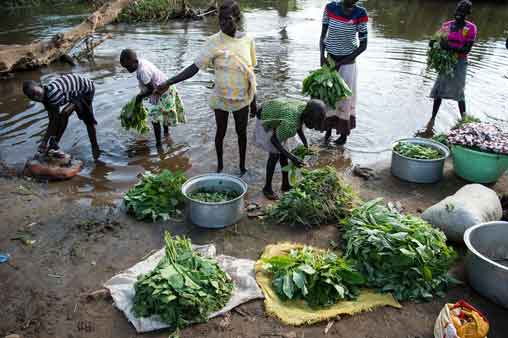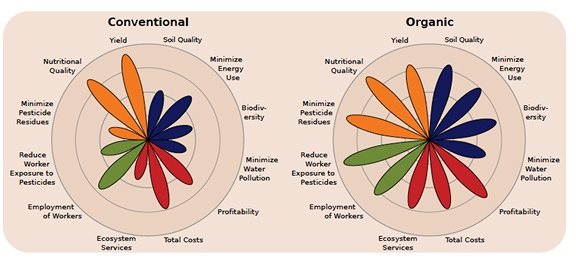
FACT SHEET: Africa
Africa Facts and Statistics
In this fact sheet, we will look at the history of hunger in Africa and current trends, review the unique characteristics and challenges of each of the five subregions, discuss why hunger is so persistent on the continent, and touch on some of the solutions that are making a difference.












